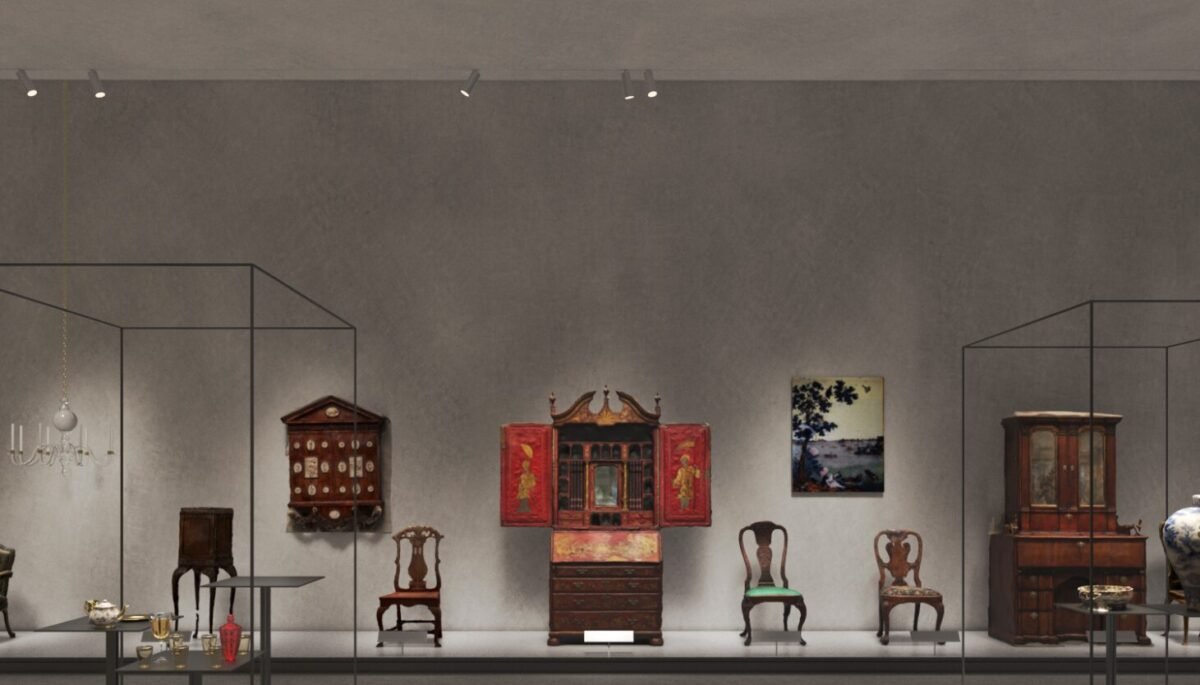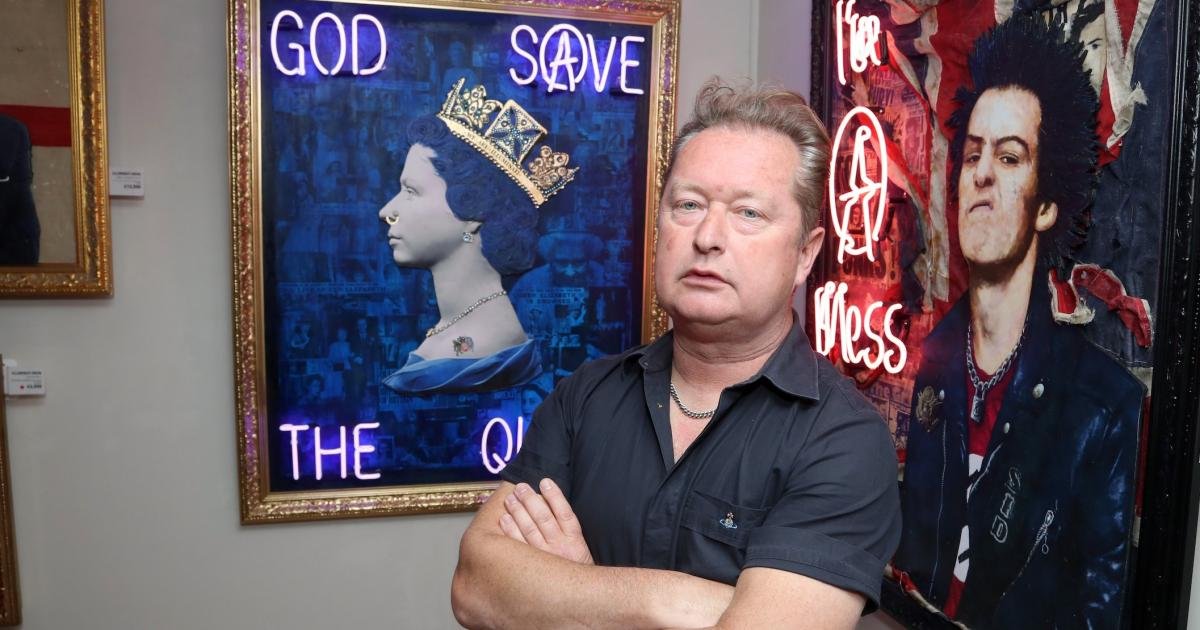After being closed for refurbishment since January 2024, the Art Institute of Chicago’s 17th-, 18th- and 19th-century European design galleries will reopen Friday with a new configuration that allows for 40% more art on display.
On view will be 310 objects, including more than 80 that have never been exhibited previously.
They range from a recently acquired German Rococo punch bowl shown at the 1893 Columbian Exposition in Chicago to an English neo-Gothic sideboard and a pair of red-glazed Chinese porcelain vases imported to Paris in the mid-1700s and mounted in gilded bronze.
The 4,500-square-foot, second-floor space has been reconfigured from four galleries to two —
one long main gallery and an intimate side room. “It feels completely different but it is exactly the same footprint,” said Ellenor Alcorn, the Art Institute’s chair and curator of applied arts of Europe.
She described the central gallery as an open, grand extended hallway. “This big gallery lets you, in one glance, take in a tremendous richness of materials — marquetry, ivory-inlaid ebony, lacquer, gilt wood, silver and gilt bronze.”
The intimate adjacent space is the museum’s first-ever gallery devoted entirely to its significant ceramics collection from this period, including one of the country’s finest groupings of Meissen and Du Paquier porcelain. “It’s this really dramatic, intense cabinet room with two 14-foot-tall [display] cases,” Alcorn said.
These renovated galleries continue the Art Institute’s presentation of European design that begins in the adjacent medieval and Renaissance galleries and follows with 1900-45 decorative arts intermingled in the European painting galleries.
“This is just the middle section of our departmental collection but also perhaps the strongest,” said Alcorn, noting that Chicago collectors have been especially attracted to 18th century Rococo and neo-classical design. Their donations to the institution have gone far in boosting the museum’s holdings in these areas.
Indeed, these rooms, known formally as the Eloise W. Martin Galleries for the Applied Arts of Europe, were named in 2009 for the Chicago collector and benefactor who endowed the space and Alcorn’s position.
The renovation, which began more than three years ago, is the first gallery redesign by the Spanish firm Barozzi Veiga, which the museum hired in 2019 to create an architectural master plan and help rethink how the institution presents its collections. (The museum declined to provide a figure for the cost of the project.)
A big question the curators and architects tried to confront with this renovation: How to make these galleries more appealing to 21st century visitors? One answer is to give them a minimalist, contemporary look instead of incorporating period design elements such as moldings or wainscoting as some museums do.
“So, you have, I hope, a lovely tension between the contemporary architectural setting and these very rich and diverse works of art,” Alcorn said. “I think it is really refreshing.”
Unlike the old galleries, this installation features some freestanding exhibit cases, which allow objects to be seen in the round. Such displays make it easier for curators to rotate selections every six months or so.
“There are worthy pieces that we didn’t have room for,” Alcorn said, “But we will be making
subtle changes in the galleries so each time a visitor comes, they will discover something new.”









